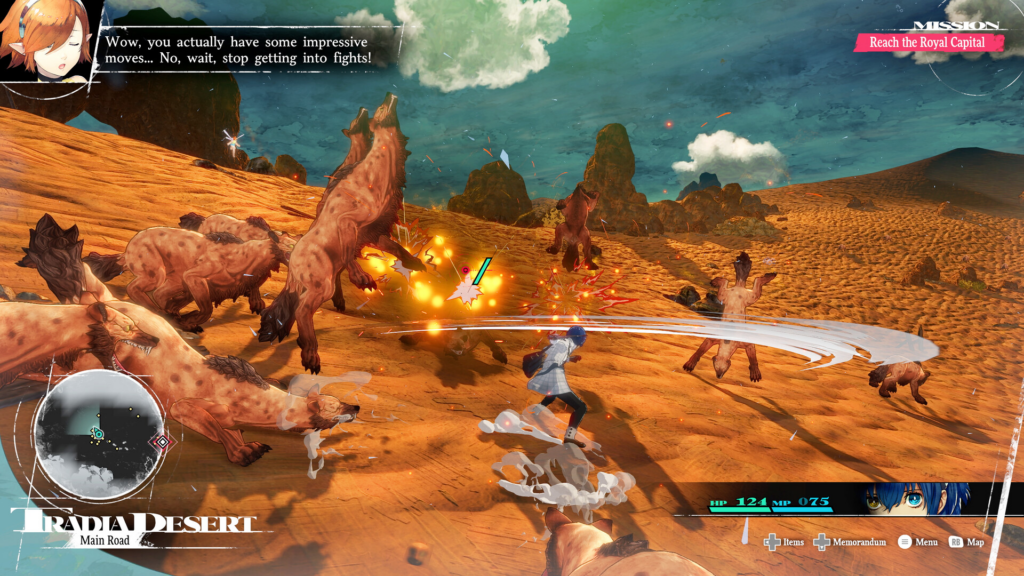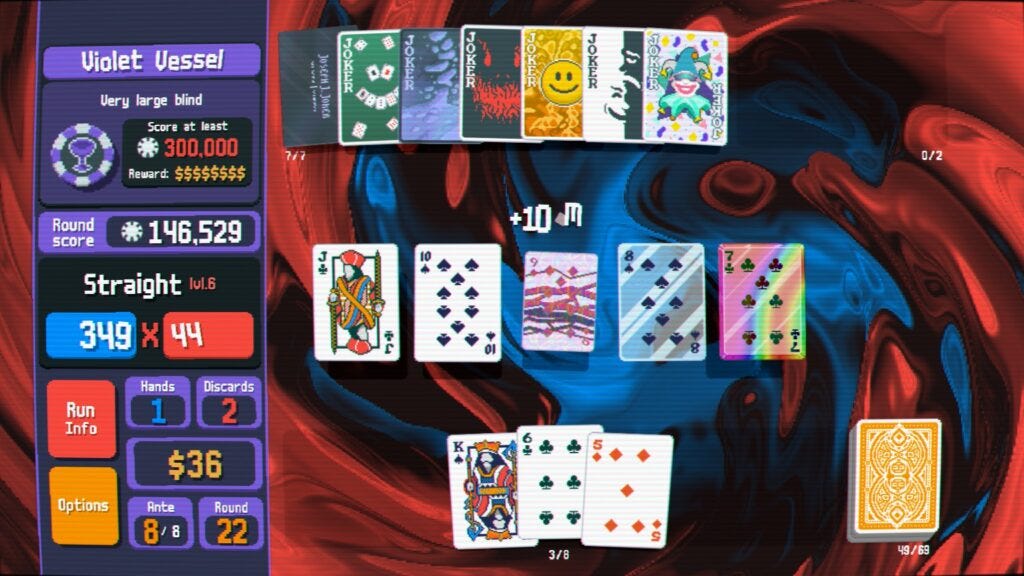The Game Dev Over-Design Trap
When more is not always better

I have played plenty of video games at this point and have noticed that - when it comes to originality in game design - you're often guaranteed to find it in the indie space (especially from first-time developers). It's understandable that many game designers want to be "the first to create X" or "take Y genre in a new direction". But there are risks associated with these goals, especially in relation to something I call the over-design trap.
Building a triangular wheel
What do I mean by "over-design"? Let me contextualize this by calling out two major categories.
The first category relates to a desire for originality, where (understandable) desire leads to unnecessary complication and unfocused design. This is best explained by looking at game design through the lens of genre. Game genres - no matter which ones we're talking about - have foundational elements to them. For example: a platformer is typically about some kind of jumping or character motion, shooters are about shooting, and so on. While it's true that you can bend some of these elements to create an original spin on an established genre, there are also some elements you can't break without actually breaking the entire game concept. This is also where the concept of over-design comes in.
Let's say I'm making a first-person shooter and the focus is on flying around to collect gems in first person. Well, in that case, I didn't exactly make an FPS, right? It's not just that I didn't make an FPS though; it's that I potentially combined multiple genres (in this case, maybe I'm combining platformer and FPS). The challenge here is that developers don't often realize they aren't making a game for fans of platformers on the one hand and first-person shooters on the other. They are, in fact, making a game for fans who want to see these two genres combined into a first-person shooter platformer. That's actually an entirely different audience.

It's difficult for any developer to work in a genre they don't understand. This is why I harp on designers to play as many examples of a genre as they can find; all the good, and all the bad. Remember that complexity isn't the same as depth. A complex game isn't necessarily a deep one. Some of the most successful games of 2024 have been those that figured out how to sell either a simple, focused concept or create an experience that appears simple but carries significant depth under the surface.
None of this is to say that a developer can't create a first-person shooter platformer. But taking this approach is fraught with risks and challenges that require some prior mastery (or at least deep understanding) of both genres (akin to mastering the rules before breaking them). A desire to be original - resulting in this kind of approach - can lead to this first kind of over-design problem that may create more challenges than it solves.
The other way developers can over-complicate their games is simply by adding too much scope. An easy to understand example is with the bloat we've seen around action commands in games. What I mean here is, for example, something like Super Mario RPG where the player can press a button - with certain timing requirements - mid-battle in order to trigger some extra action (this feature is added to increase interactivity in turn-based combat). In this case, the action delivers a tangible benefit/incentive to the player: they can use it to reduce incoming damage or increase the damage they deal to an opponent, which also speeds up combat. This is an example of a well-designed implementation.
But there are many examples of poorly-designed implementations. Some developers try to elevate action commands in turn-based combat by adding many more layers, with more and more systems and interactions available during combat encounters. When I played games like Keylocker and Ikenfell, I noticed that, despite being charming experiences, they had very high churn rates because they fell victim to this kind of systems/interaction bloat.
Source: YouTube.
One of the toughest lessons game designers must learn is that more is not always better. Both of the examples described above illustrate this point. It's often very easy to say 'yes' to everything, or to believe that the solution to a design problem is to increase scope in some way. It's far more difficult to understand the root cause of why the game isn't working from the player's point of view; there will always be the temptation to solve a problem by adding one or more new features.
Remember, again, that depth is not the same as complexity. Asking more of the player can come at a significant cost. Here's an example of what good looks like: in Metaphor: ReFantazio, the designers have done a great deal to speed up combat encounters in various ways. The game even rewards players for dispatching enemies without taking any damage. The key point here is that - compared to other turn-based RPGs - Metaphor empowers its players to zip through combat while also retaining the strategic depth that makes combat interesting in the first place. Other RPGs sometimes create artificial depth by adding more and more bloat - more and more stuff to do, more things that slow down the experience - which only have the effect of "taxing" the player rather than providing genuine strategic depth. One other way to think about this is to ensure that fundamental actions/movements are intuitive and simple, where good/useful depth is about adding interesting and rewarding rulesets on top of a fundamentally intuitive underlying design.
None of this means that complex games are inherently bad. Some games deliberately introduce forms of friction that represent pleasurable challenges (for example, the "good jank" in Getting Over It or the interesting plethora of options available in Pacific Drive). There's absolutely nothing wrong with crafting a more involved experience. But these elements must be added to the core gameplay loop with great care, and the core gameplay loop itself should deliver on a clear and understandable design thesis.

Balancing design
It's important to point out that none of what I've described above is easy to achieve from a game designer's point of view (if it were, then everyone would have a hit game, right?) But effective game design - game design that works for an audience - involves some combination of a clear vision combined with an understanding of your team's capacity/capabilities. The gaming market has become far more competitive these days for a variety of reasons; many players will just use the two hours allowed for a Steam refund, while most gamers will judge your game within its first 5-10 minutes.
One of the key strategies/approaches for increasing your chance of success - or, increasing your confidence that your game is delivering on its value proposition - is continuous play testing. In the end, it doesn't matter if you love your idea and think it's perfect, especially if players can't figure out how to play it or they're getting frustrated for some reason. It's important to identify and assess these product risks as early in development as you can to avoid spending effort on things that ultimately won't deliver on your vision.
